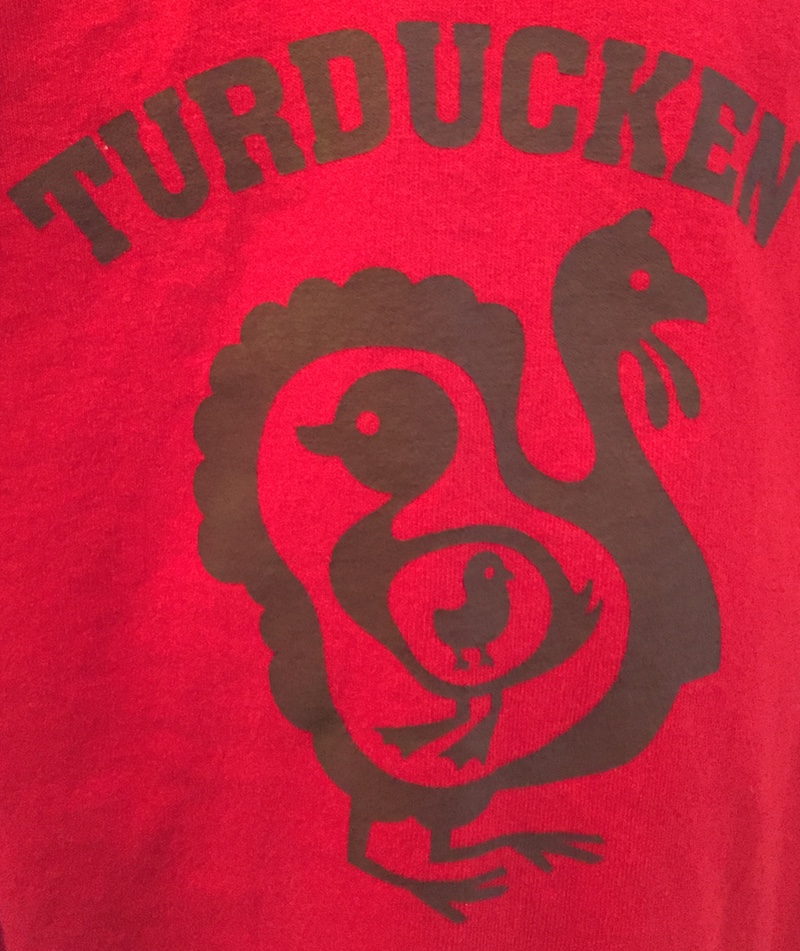Explaining Elixir Pipes Through the Magic of Turduckens
One of the cooler features of Elixir (and other functional languages) is the
Pipe operator |>. It certainly makes code easier to read, but it’s a bit
difficult to grep for the first time.
Let’s use the Turducken to explain it. For the uninitiated, A Turducken is a turkey stuffed with a duck which is itself stuffed in a chicken.

Code written sans pipe might look like:
Turducken.stuff(Turducken.stuff(Turducken.stuff("chicken"), "duck"), "turkey")
You have to read this from the inside out. You:
- start at the output of
Turducken.stuff("chicken") - figure out that goes into the
Turducken.stuff(_, "duck") - and then THAT could into
Turducken.stuff(_, "turkey")
Better code might be to follow the transformation from inside to out (left to right):
"chicken" |> Turducken.stuff |> Turducken.stuff("duck") |> Turducken.stuff("turkey")
Full code*
defmodule Turducken do
def stuff(animal) do
animal
end
def stuff(animal, into) do
IO.inspect "You put the #{animal} into the #{into}"
into
end
end
#Turducken.stuff(Turducken.stuff(Turducken.stuff("chicken"), "duck"), "turkey")
"chicken" |> Turducken.stuff |> Turducken.stuff("duck") |> Turducken.stuff("turkey")
You can run this on the elixir playground
A more unixy example
In UNIX, we use pipe to take output from one operation into the other. Example: We’ll copy the contents of a file to the Mac clipboard.
cat yolo.md | pbcopy
The output of yolo goes into pbcopy. If this was a program (ruby), it could be:
pbcopy(cat("yolo.md"))
In Elixir, you could write it as:
cat("yolo.md") |> pbcopy
# Or even
"yolo.md" |> cat |> pbcopy